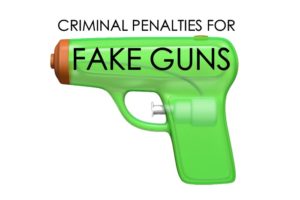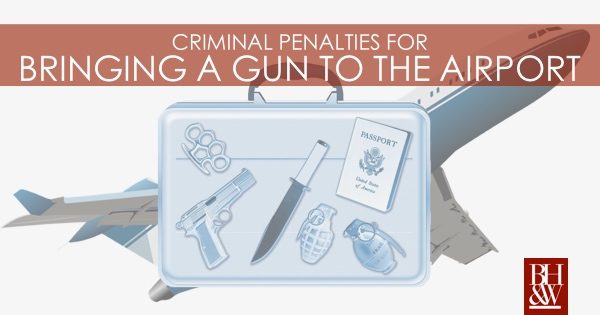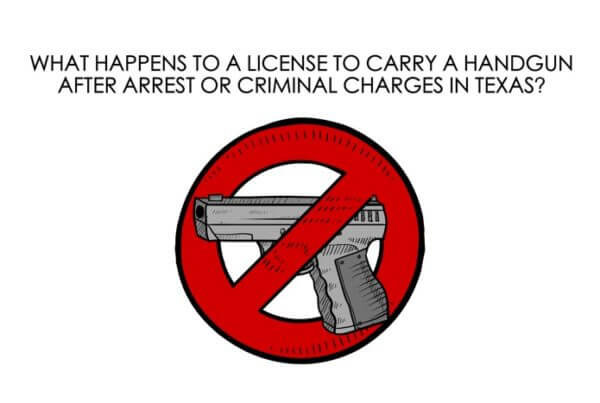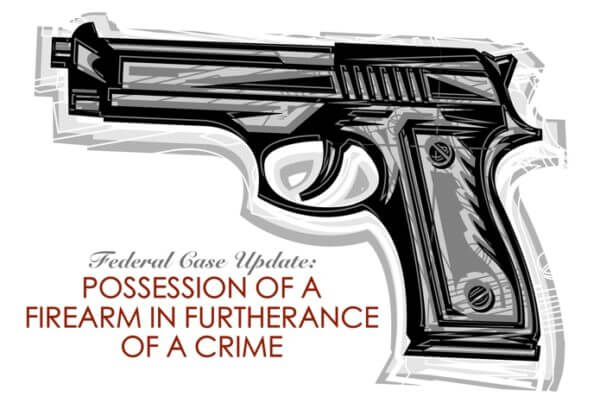How Do Toy Guns or Fake Guns Fit Into the Criminal Justice System?
 In the wake of the recent rise in gun violence, Apple made a big announcement last week that the pistol emoji is being replaced with a water gun emoji. It is no secret that 2016 has been a year filled with gun violence from the shootings in Orlando to the police shootings in Dallas. As a result, gun control has become a hot topic. While Apple has declined to comment on the change, many believe this is a conscious step for gun control advocacy and others believe this change was fueled because of the individuals facing criminal charges for the use of the gun emoji on social media or in text messages. This change poses the questions of whether, in Texas, it is a crime to point a fake gun at someone and whether you can be charged for a deadly weapon offense when you only used a fake gun or toy gun.
In the wake of the recent rise in gun violence, Apple made a big announcement last week that the pistol emoji is being replaced with a water gun emoji. It is no secret that 2016 has been a year filled with gun violence from the shootings in Orlando to the police shootings in Dallas. As a result, gun control has become a hot topic. While Apple has declined to comment on the change, many believe this is a conscious step for gun control advocacy and others believe this change was fueled because of the individuals facing criminal charges for the use of the gun emoji on social media or in text messages. This change poses the questions of whether, in Texas, it is a crime to point a fake gun at someone and whether you can be charged for a deadly weapon offense when you only used a fake gun or toy gun.
Can You Be Charged With A Deadly Weapon Offense For Pointing a Fake Gun or Toy Gun at Someone in Texas?
If you were to point an Airsoft gun out a car window towards a person in another car, would Texas law find that you committed assault or an aggravated assault? It depends. If there is uncontroverted evidence shown at trial that the “gun” used was actually a fake gun or toy gun then you could only be convicted of assault. However, if all that is presented at trial is your testimony that it was an Airsoft gun and the victim’s testimony that he was in fear because he believed it was a real gun, the issue can get more complicated.
Does a Toy Gun Fit Into the Definition of Deadly Weapon?
Under the Texas Penal Code, a defendant may be found guilty of aggravated assault if he “uses or exhibits a deadly weapon” for the purposes of threatening another with imminent bodily injury. TPC §22.01(a)(2) and §22.02(a)(2). The Texas Penal Code’s definition of deadly weapons includes “anything that in the manner of its use or intended use is capable of causing death or serious bodily injury.” To determine whether a fake gun or toy gun could possibly be found as a deadly weapon courts look to the broad definition of a “gun” which may include non-lethal devices. Arthur v. State, 11 S.W.3d 386, 389 (Tex. App.—Houston [14th Dist.] 2000, pet. refused). Such non-lethal devices are BB guns, blow guns, Airsoft guns, and water guns, among others. Id. A lot of these toy guns appear realistic or are easily modified to appear realistic which leads to confusion in a criminal case. So much so that in attempt to be proactive, New York’s gun laws require toy guns to be of bright color in order to avoid such confusion.
“A toy gun is not manifestly designed to inflict death or serious bodily injury.”
If uncontroverted evidence is presented that the “gun” used was simply a toy gun there cannot be a deadly weapon finding because “a toy gun is not manifestly designed to inflict death or serious bodily injury” no matter how realistic it appears to the victim and witnesses. Cortez v. State, 732 S.W.2d 713, 715 (Tex. App. 1987) . When it comes to BB guns and pellet guns it becomes more complicated. In Alonzo v. State, a trial for aggravated robbery, where a store manager was placed in fear when defendant brandished a BB gun, the Court found that there could be no deadly weapon finding because no evidence was produced to show that a BB fired from the gun was capable of causing death or serious bodily injury. Alonzo v. State, No. 07-12-00244-CR, 2014 Tex. App. LEXIS 3703, at *10 n.5 (App. Apr. 7, 2014). However, in Murray v. State, another trial for aggravated robbery, where an expert testified that the BB gun used by defendant was not a firearm but could potentially cause serious bodily injury, as warned in its manual, the court found that this evidence is sufficient to support an aggravated robbery conviction. Murray v. State, Nos. 05-13-00070-CR, 05-13-00084-CR, 05-13-00090-CR, 2014 Tex. App. LEXIS 6201, at *59 (App. June 9, 2014).
Ultimately, when it comes to carrying around toy guns, the best practice is to get one that looks as little like a real gun as possible to avoid any confusion. Because, as case law has shown us, if it looks like a deadly weapon, a court might find it to be a deadly weapon.










